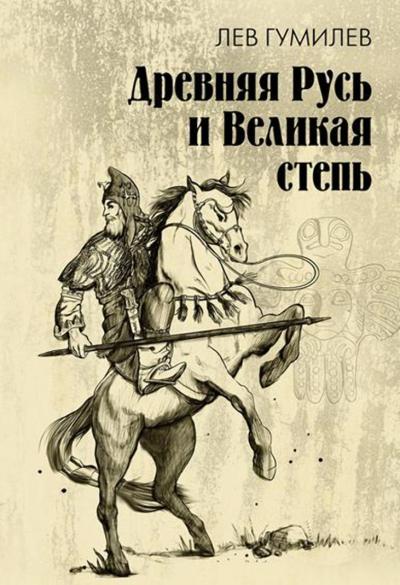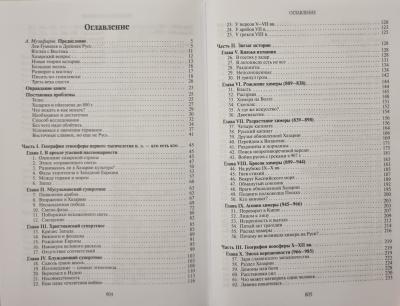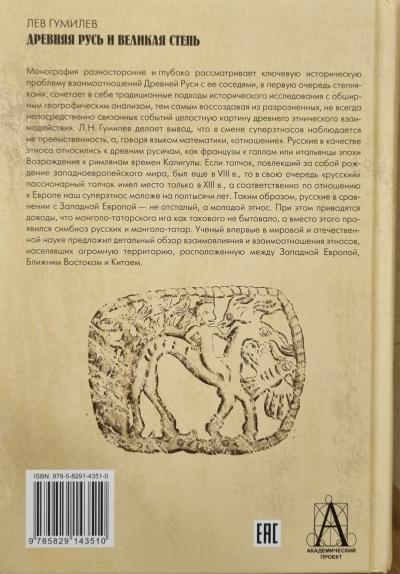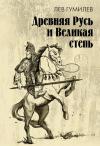Ancient Russia and the Great Steppe
39.99 €
Out of stock
The monograph comprehensively and deeply examines the key historical problem of the relations of Ancient Russia with its neighbors, primarily the steppes; combines traditional approaches of historical research with extensive geographical analysis, thereby recreating from disparate, not always directly related events a holistic picture of ancient ethnic interaction. L.N. Gumilev concludes that in the change of superethnoses there is not continuity, but, in the language of mathematics, “relationship”. The Russians as an ethnos treated the ancient Rusichs, as the French to the Gauls or the Italians of the Renaissance to the Romans of Caligula. If the impetus that led to the birth of the Western European world was still in the VIII century, in turn, the “Russian” drive was only in the XIII century, and accordingly, in relation to Europe, our superethnos is younger by half a thousand years. Thus, compared to Western Europe, Russians are not backward, but a young ethnos. At the same time, arguments are made that the Mongol-Tatar yoke as such did not exist, but instead a symbiosis of Russians and Mongol-Tatars appeared. For the first time in the world and domestic science, the scientist offered a detailed overview of the mutual influence and relationships of ethnic groups inhabiting a huge territory located between Western Europe, the Middle East and China.
The author of the preface to the book by L.N. Gumilyov “Ancient Russia and the Great Steppe” is a senior lecturer of the Department of History of K.G. Razumovsky Moscow State University, senior lecturer of the IPCC – A. Muzafarov. The book is equipped with a list of literature, an index of the names of historical persons and an index of place names.
The book is addressed to historians, geographers, philosophers, ethnologists and a wide range of interested readers.
The author of the preface to the book by L.N. Gumilyov “Ancient Russia and the Great Steppe” is a senior lecturer of the Department of History of K.G. Razumovsky Moscow State University, senior lecturer of the IPCC – A. Muzafarov. The book is equipped with a list of literature, an index of the names of historical persons and an index of place names.
The book is addressed to historians, geographers, philosophers, ethnologists and a wide range of interested readers.
See also:
- All books by the publisher
- All books by the author
















